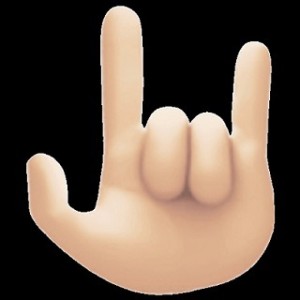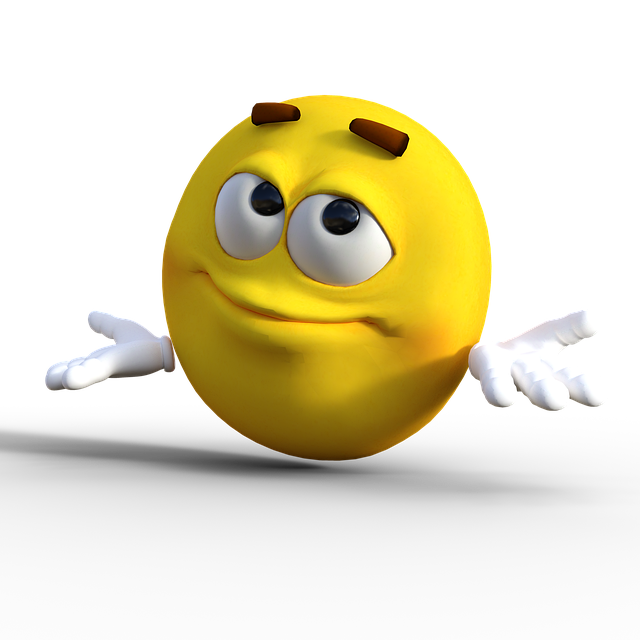Today (17 July 2023) is the tenth annual World Emoji Day. In today’s digital age, emojis have become an integral part of our communication, enabling us to express emotions, convey ideas, and add a touch of personality to our messages.
Emojis are also finding their way into a more formal business environment. For example, in a recent dispute in Canada, the court confirmed that an agreement had been legally concluded when the offer was confirmed with a thumbs-up emoji.
Emojis transcend language barriers and have become a universal language of their own. With the increasing significance of emojis in our daily interactions, including business interactions and transactions, it raises an important question for brand owners: to what extent, if any, can emojis be protected through trademark law?
Different types of emojis
At the outset, it is also important to realise that there are two different types of emojis. First, there are the Unicode emojis. Unicode is a computing standard that’s operated by the non-profit Unicode Consortium. Each keyboard letter, number and symbol are standardised and assigned a unique code. For example, the Unicode for capital letter A is “U+0041”. The Unicode also contains emojis. The Unicode for the grinning face is U+1F600 and it looks like this: 😀 There are currently more than 3600 emojis in the Unicode. While the Unicode emojis are standardised, each platform displayed them a little bit differently. For example, the emojis you see in the post may vary depending on the device and browser you use.
In addition to the Unicode emojis, many companies (and even celebrities) develop their own emojis. They are often, but not always, based on the Unicode emojis, but they do not share the Unicode with them. This means, for example, that they cannot be inserted into text, as Unicode specifically refuses to assign a code for these types of proprietary emojis. An example of these would be Kim Kardashian’s “Kimoji” emojis. Are clearly not based on Unicode, and they do not have Unicode assigned to them making them much harder to use. The Smiley Company’s proprietary emojis even outdate the Unicode, having been widely registered as trademarks already in the early 1970s, that is, twenty years before the establishment of the Unicode.
Emoticons or emojis?
Terms “emoticon” and “emoji” are often used synonymously, but they are not the same. Emoticon is an image-like construction made of numbers, letters and symbols. For example, 🙂 is an emoticon. The equivalent emoji would be the grinning face 😀. Another example is <3 (emoticon) and ❤️ (emoji).
Protecting emojis as trademarks
There’s two ways to think about emojis and trademarks. The first is the word “emoji” itself, and the second one is the pictorial symbols whose generic name is emoji.
The word EMOJI can be protected as a trademark as long as it is not generic or descriptive of the goods and services in question. For example, it would not be registrable to downloadable media files or recorded content in trademark class 9, but there is no issue in principle in registering it for, for example, cosmetics or food.
In fact, a German company called “emoji company Gmbh” has registered nearly 200 EU trademarks for the word EMOJI or is derivation. The emoji company has also been accused of being very aggressive, to put it kindly, in enforcing their registrations, suing people and companies that use the word “emoji” in their product descriptions.
Another issue is whether emojis (i.e. the images) themselves are eligible for trademark protection. The answer, again, is that it depends. If the emoji is distinctive, it can be registered as a trademark. If it is descriptive or otherwise non-distinctive, it cannot be registered. So, what does this mean in practice?
Descriptive and generic emojis
If the emoji contains an image of a fruit, for example, and the products that are covered by the trademark are fruits, registration would not be possible. Also, many emojis convey messages that could be interpreted as describing the product or service, or their quality. For example, emoji 💓 would not be distinctive for dating services, or ♻️ for recycling services. If the emoji is directly related to the product or service, it will not be registrable as a trademark. This is the same principle that applies to all trademarks, including word marks.
Non-distinctive emojis
It is also possible that the emoji is considered non-distinctive without being directly related to the product or service. It could be considered “laudatory”. These types of marks are ones that convey some positive connotation about the product or service. For example, words such as “SUPER” or “BRAVO” are examples of laudatory terms that are not registrable. Some emojis can also fall into this category, as they will be perceived as conveying a positive connotation about the product. Examples could be 👌 and 👍.
The EUIPO has rejected many smiley face emojis on the grounds that they are perceived as commonplace decorative elements, rather than indicators of commercial origin. Recently, the EUIPO refused to register emoji  , stating that it depicts a realistic illustration of a well-known sign that comes from the US sign language and is internationally known as the ‘I love you’ hand sign.
, stating that it depicts a realistic illustration of a well-known sign that comes from the US sign language and is internationally known as the ‘I love you’ hand sign.
On the other hand, the EUIPO has also accepted registration for stylised smiley face emojis, such as this:
The above depicted smiley face was registered already in 1997. One aspect of trademark law is that a registered trademark can lose its distinctiveness even after the registration. Taking into account the ubiquitousness of emojis nowadays, in particular smiley face emojis, it is possible that the registration could nowadays be cancelled for being non-distinctive. The fact that it was distinctive in 1997 does not mean that it is distinctive in 2023.
Having said that, the fact that a mark is categorised as “emoji” does not automatically exclude it from trademark protection. Not all emojis would be considered descriptive or communicating positive connotations or marketing messages. Some emojis can be truly unique, rare and have nothing to do with the product or service in question. Also, some well known logos could well be considered as stylised emojis. For example, take LaCoste’s alligator or MailChimps monkey. They even have remotely similar looking counterparts in the Unicode system.
Conclusion
Protecting emojis in the EU has proved to be tricky. While there is nothing in principle that disqualifies them from trademark protection, the experience has shown that the emojis companies are most interested in using and protecting are those that are somehow connected with the product or service in question. Just like with other types of trademarks, like word marks, this is a difficult starting point, and will often lead to refusal of protection. On the other hand, if the emoji sufficiently detached from the product or service, such as 🍎 from electronics, and does not carry any obvious positive message or connotation, such as 🙌, there should not be a problem in getting trademark protection for it.
See related posts:
Can you trademark a QR code?
The challenge of protecting iconic designs – case Ferrari 250 GTO




